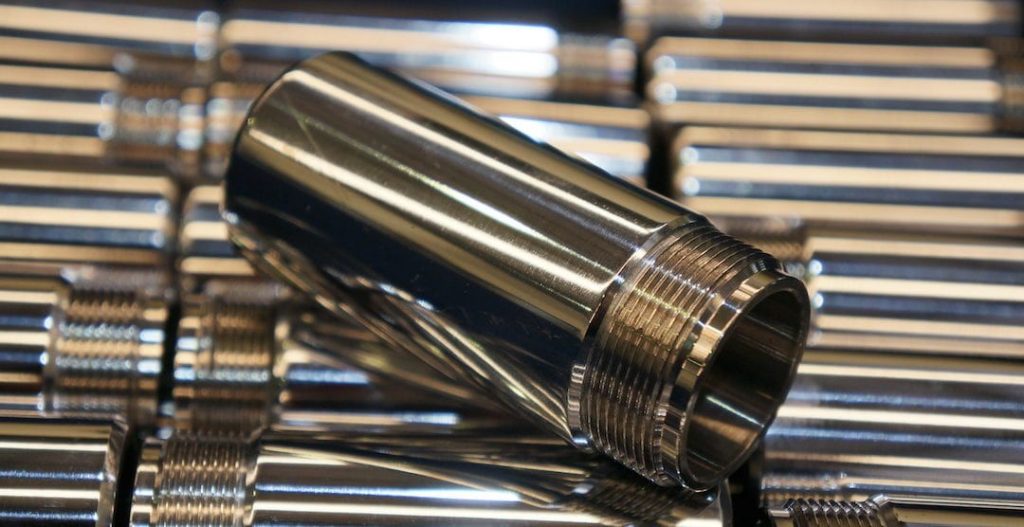Nickel coating involves applying a thin coating of nickel across the surface of another material. The process is becoming increasingly popular and has a wide range of applications, both practical and cosmetic.

Characteristics
Nickel is the metal of choice for electroless coating because of its superior performance in many areas. Nickel is extremely durable and resistant to corrosion. A nickel coating makes materials much more resistant to wear, improves their hardness and generally makes them stronger. Materials treated in this way show superior ductility and increased longevity, which is particularly useful for tools that undergo repeated hard use. As Advanced Plating Tech describes, one of the big advantages of electroless plating is that it doesn’t require an electrical current, making it cheaper.
Nickel plating also enhances a product’s appearance, giving it a ‘sheen’ and making it look much brighter. There are three different types of electroless nickel plating, each of which yields a different hardness rating. The low phosphorus method enhances hardness up to 60 (measured on the Rockwell C Scale). A high phosphorous method (which contains 10- 14% phosphorus) can score as much as 600 when put through a Vickers test. Medium phosphorus coatings are overwhelmingly the most common, however. They give a product mid-level hardness and contain up to 10% phosphorus. Certain manufacturers offer other ratings between these classifications, such as the graded medium from Poteon (https://www.poeton.co.uk/standard-treatments/electroless-nickel-plating/).
Applications
Since nickel coating has the potential to make materials much stronger, more durable and resistant to corrosion, the process has a wide range of applications. Everything from kitchen utensils to door handles can benefit from nickel coating, and it’s an especially popular choice for electrical components. Electroless nickel plating is used on circuit boards to prevent oxidisation and corrosion, where it’s often paired with layers of gold for additional protection.

Hard disk drives are another product which frequently undergoes nickel plating. In this case, it’s used to ensure a smooth surface on the disks. One of the major uses of plating is to give worn parts a new lease of life. It can be used on salvage to smooth over and protect corroded or damaged surfaces. The process is increasingly popular within the automotive industry too, where it’s used to give car parts a boost in wear resistance.
Surface Technology describes how nickel plating is attractive due to its cost-effective nature. The process isn’t overly expensive, but can dramatically increase the lifespan of materials and products. It represents a minimal outlay for a long term investment, the returns on which are manifold.
Nickel plating’s different types of surface finish, ranging from matte to high shine, mean that it can be used for cosmetic purposes on anything from furniture and ornaments to jewellery. Tools can also benefit from nickel plating, which will dramatically increase their durability and lifespan even after sustained use. This is especially true for power tools or machinery that undergo rigorous stress in arduous working conditions.




